We taught you the basics in Part I of our kitchen cabinet guide – now it’s time for Part II, and this is the fun part!
Now that you’ve chosen your cabinet types, layout, and door type, you’re ready to make more design-oriented decisions (and some practical ones, too).
Your next choice is the cabinet material. For the actual box material, a well-constructed cabinet should preferably be made of plywood or solid wood, but some less expensive options like particleboard and Medium Density Fiberboard (MDF) are acceptable but will not last as long.
- Plywood is strong engineered wood designed to withstand heat and moisture better than solid wood. Higher-end cabinetry and shelving is typically made of furniture-grade plywood.
- Particleboard is sheets of wood chips or shavings bound with resin. It’s stable and a popular choice in stock cabinetry, where it’s often covered with laminate or wood veneer. It is generally resistant to humidity-induced warping but must be sealed properly to withstand moisture.
- MDF is a dense engineered wood typically used in mid-priced cabinetry. It is strong and durable, making it a popular yet budget-friendly choice.
You’ll have more options when it comes to door material, and it’s a lot more exciting. The most popular options include:
- Solid wood – a pricier but very durable option
- Wood veneer – thin layers of wood applied to exposed MDF, particleboard, or plywood, then treated with a stain or finish of your choosing. Wood veneer is available in a variety of grains, thicknesses, patterns, and colors
- Thermofoil – also applied to cover engineered wood, thermofoil is a thin, flexible vinyl that can be smooth or textured. It’s easy to care for and chip-resistant, but may sustain heat damage
- Laminate and melamine – thin plastic fused to the cabinet with pressure and heat, these materials are chip-, stain-, and fade-resistant and are available in assorted patterns, colors, and textures
- Metal doors are popular in modern kitchens. Easy-care options include stainless steel and enameled or powder-coated metals for a restaurant- or even automotive-inspired look in custom colors
- Glass doors feature a transparent (or frosted) panel that allows one to see inside the cabinet. Glass-front doors help make the kitchen seem more open and serve as display cases, but the contents must be neat for them to be effective
Wood cabinets can be customized with various finishes for visual interest. Standard wood finishes include cherry, oak, maple, hickory, pine, and birch; cabinets may be painted or glazed in virtually any color; and special techniques like heirlooming and distressing can make brand-new cabinetry look weathered.
Next, consider the cabinet hardware. Drawer and cabinet pulls, knobs, and hinges are available in practically every material – metal, plastic, stone, glass, crystal, enamel, even polyester – as well as shape and color. The right hardware has the potential to transform an entire kitchen, so even if a complete overhaul is beyond the budget, new hardware may be the perfect pick-me-up for your cabinetry.
Hardware is largely a matter of preference, though long, sleek pulls are typically considered modern (especially when installed horizontally) while knobs, bucket pulls, and ornate styles are generally found in more traditional kitchens.

Special add-ons are not necessary to kitchen cabinetry but definitely make life easier (or at least prettier).
Decorative additions may include moldings, columns, feet, onlays, or panels for a more attractive kitchen.



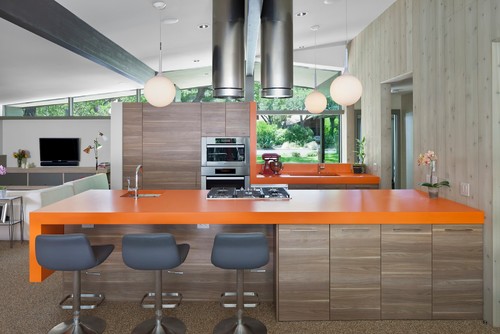






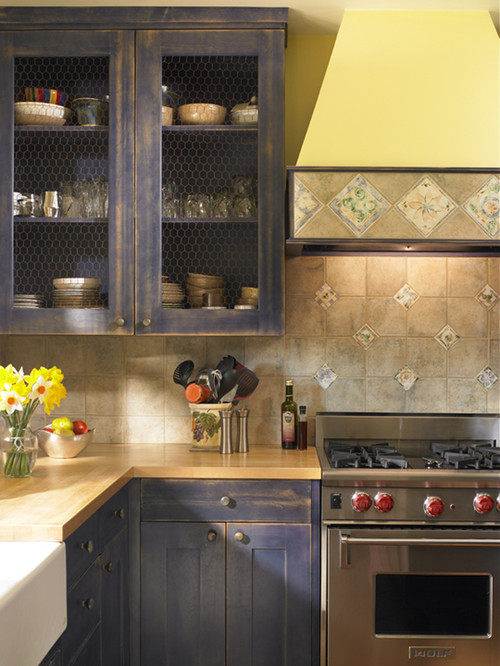
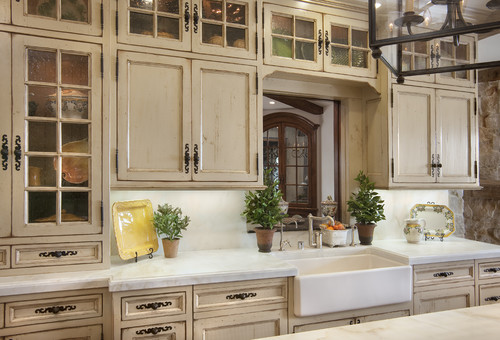






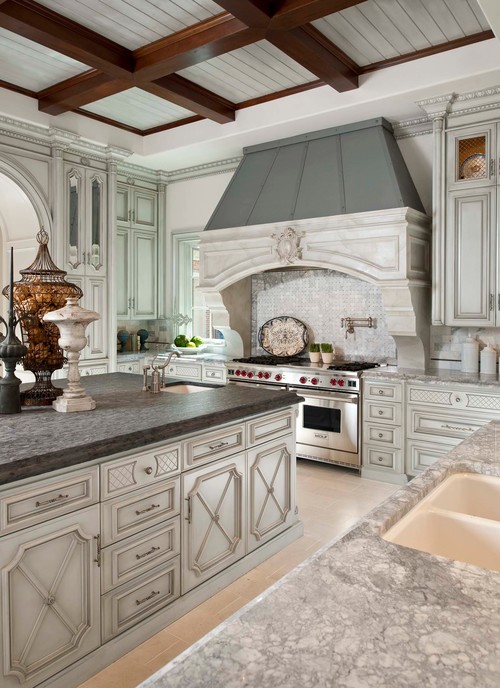


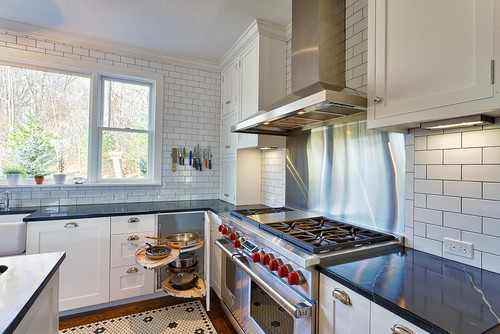





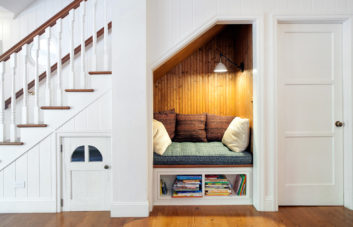
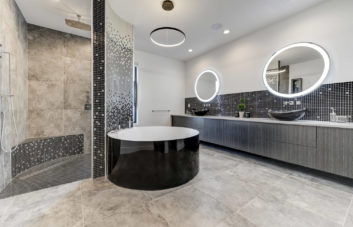
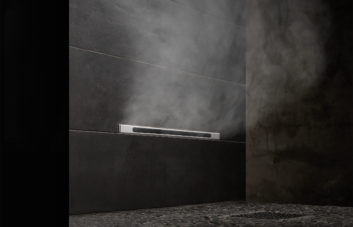
Definitely, your cabinets form the backbone of your kitchen and therefore you need to consider different layouts and looks. While selecting, your first criteria needs to be the functionality and then the type of hardwood you choose. Also make sure you pick a prefect door style for your cabinets. For those who want to stick with something more traditional, the timeless Shaker style is something great.